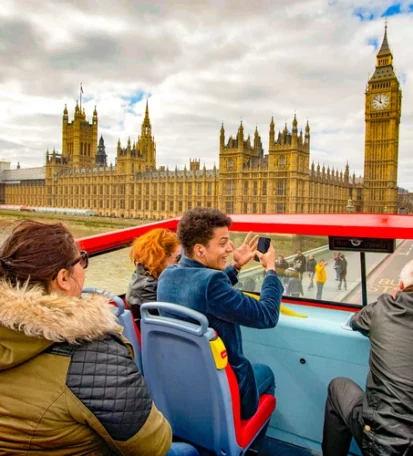Tips
How Smart City Initiatives Drive Down Accident Rates
Smart city projects are helping people move around cities more safely. By using new technology and data, cities can spot problems and fix them faster.
Tools like traffic sensors and smart stoplights help stop accidents before they happen. They show drivers where to go, warn about danger, and protect people walking on the streets.
As more cities use these smart tools, roads become easier to drive and walk on. There are fewer surprises and less risk.
If you want to know how these smart ideas are making streets safer, keep reading. Let’s explore how they are making streets safer for everyone.
Real-Time Traffic Monitoring
Real-time traffic monitoring uses sensors and cameras to track road conditions as they happen. This data helps city officials respond to problems quickly, like clearing accidents or redirecting traffic.
It also helps drivers avoid busy areas and choose safer routes. With this tech, cities can spot patterns that lead to crashes and take action fast. In addition, real-time updates can:
- reduce delays
- prevent pileups
- support emergency services
By knowing what’s happening on the roads at all times, cities can make smarter decisions. It’s a powerful tool that keeps traffic moving and people safe every day.
Adaptive Traffic Signals
Unlike old systems with fixed timers, these signals can change depending on how busy the roads are. They help reduce waiting times, prevent congestion, and lower the risk of crashes at intersections.
These systems are especially helpful during rush hour or emergencies. By improving the timing of lights, drivers make fewer risky moves like running red lights. It’s a simple upgrade that leads to smoother and safer traffic.
With adaptive signals, cities are making roads more efficient and less dangerous for everyone.
Improved Pedestrian Safety
Smart city technology also focuses on keeping pedestrians safe. Crosswalk sensors, warning lights, and smart signs alert drivers when people are nearby.
Some systems even use cameras and AI to predict risky situations and give early warnings. These tools help prevent accidents at busy intersections and school zones.
Better lighting and clearer signs also make a big difference. When cities invest in pedestrian safety, they protect their most vulnerable road users.
These improvements don’t just prevent accidents, they make people feel more confident walking around.
Public Awareness Campaigns and Education
Technology alone isn’t enough. People also need to understand safe behavior. Public awareness campaigns teach drivers, riders, and walkers how to stay safe.
These programs often highlight the common causes of motorcycle accidents, like:
- speeding
- distraction
- poor visibility
When people learn about the risks and how to avoid them, they make better choices. Campaigns also promote respect between drivers and pedestrians.
Education builds a culture of safety that supports smart city tools. Together, awareness and technology make a stronger impact on reducing accidents.
Building Safer Streets for Smarter Cities
Creating a safer urban environment starts with smart choices and modern tools. From traffic tech to public education, every step counts. As cities grow, safety must grow with them.
Let’s support smart solutions that protect lives and make daily travel easier. Explore how your city is using these ideas. Stay informed, speak up, and help shape safer streets for everyone today!
Did you find this article helpful? Check out the rest of our blog now




